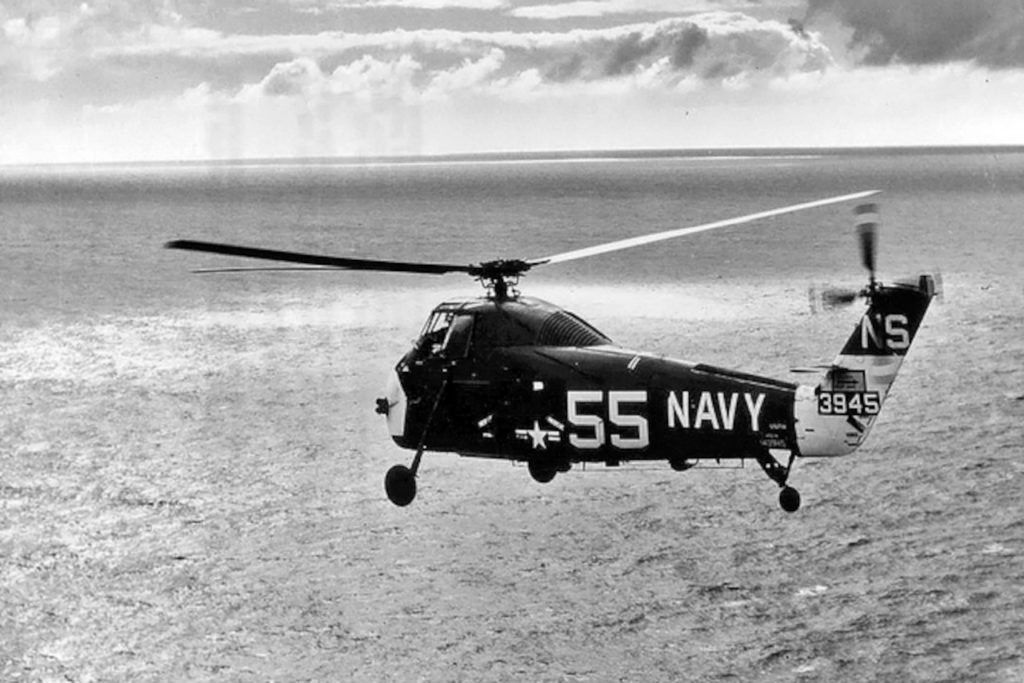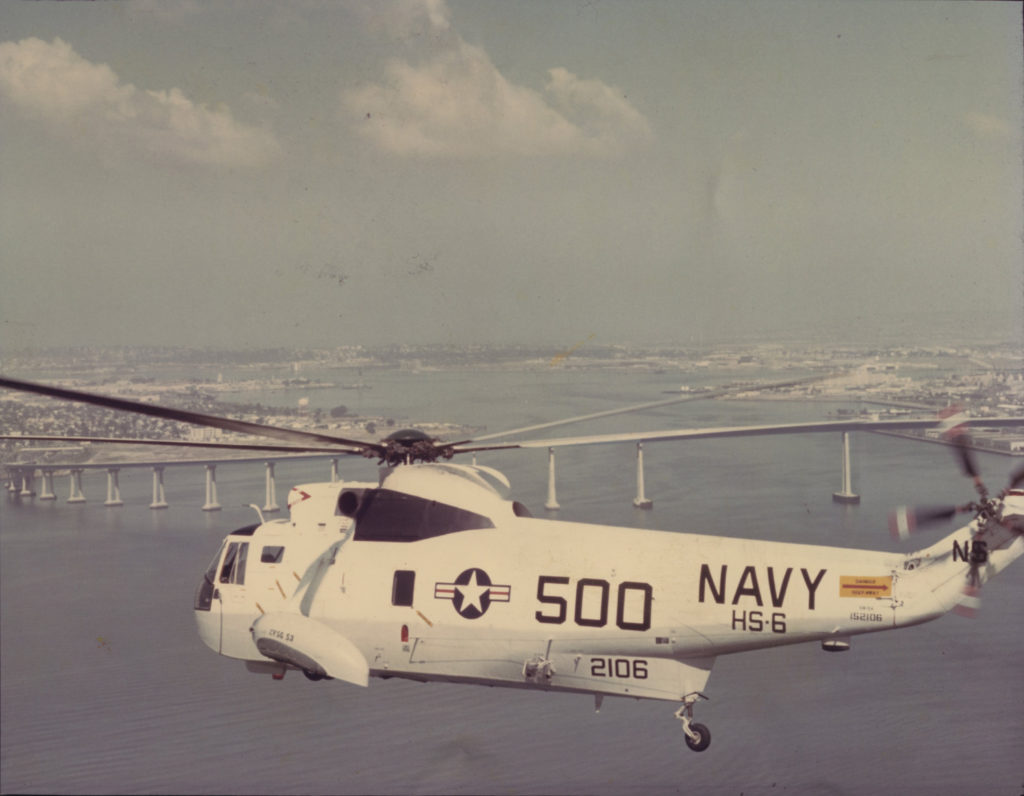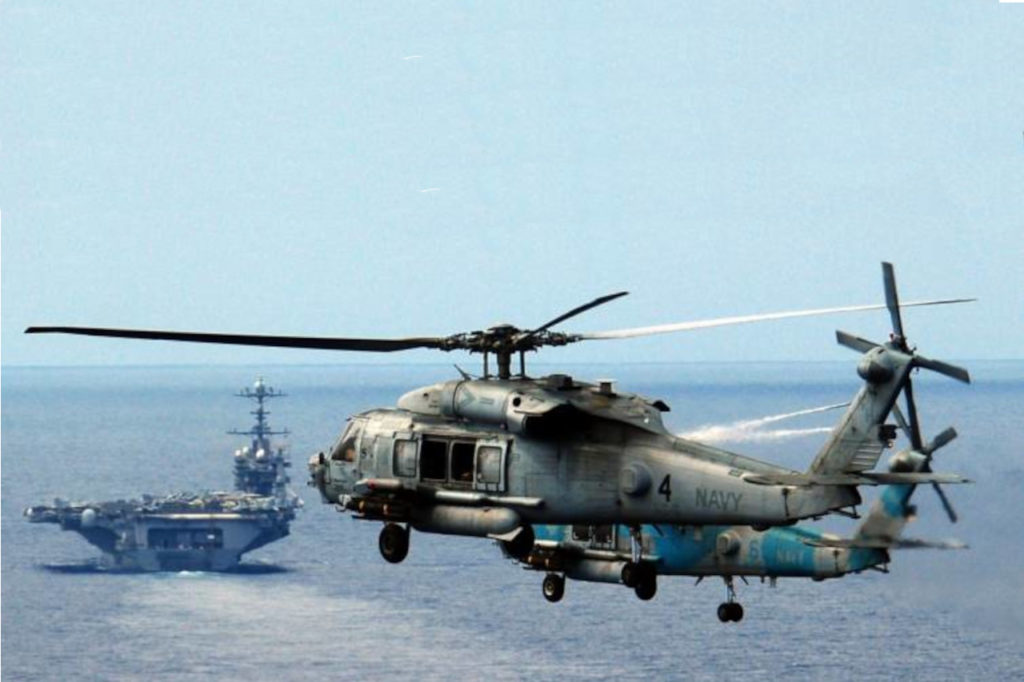What We Flew
ho4s-3
The U. S. Navy purchased 10 HO4S-1 helicopters. Some of these were assigned to the newly formed HS-1 at NAS Key West, Florida. Their mission was to develop helicopter submarine hunter/killers. The HO4S-1 proved to be underpowered for the mission. The Navy then tried the Piasecki HUP-1 tandem rotor helicopter which was also proved to be underpowered for the mission. When the HO4S-3 helicopter equipped with the R-1300 700 hp engine became available it proved to be adequate for the mission. The Navy then had its first operational daylight VFR ASW helicopter. – Sikorsky Archives


hss-1 (AKA SH-34G) seabat
Early development of the Sikorsky S-58 (H-34) helicopter was accomplished with company funds as a follow on for the S-55 (H-19) helicopter. It was twice as powerful as the S-55 and much more aerodynamic. The Navy eventually purchased over 1,000 S-58 helicopters in two Anti-Submarine Warfare (ASW) configurations; the SH-34G and the all-weather capable SH-34J (HSS-1 and HSS-1N). First flight was on March 8, 1954.Other US military service procurement, foreign licensed production and sales over 25 years swelled the number of S-58 Helicopters built to over 2,300 units. – Sikorsky Archives
sh-3 seaking
The success of the HSS-1 piston engine helicopter as an anti-submarine search and attack vehicle prompted the Navy and Sikorsky to enter into the next logical step, the development of a turbine powered twin-engined helicopter. The Navy recognized the need for improved helicopter engine technology and in 1953 awarded General Electric a contract for a “baby gas turbine.” With this new engine, Sikorsky was able to offer the Navy the SH-3A (then known as the HSS-2), an all-new design tailored to the ASW mission with amphibious characteristics, all the technological and functional advantages gained through experience with the HSS-1, with capability of performing a combined Hunter-Killer ASW mission in all-weather conditions.


sh-60 seahawk
Early in the 1970s the U.S. Navy began planning for a new generation helicopter system to replace the Kaman SH-2 Seasprite helicopter as its platform for the Light Airborne Multi-Purpose System (LAMPS). Following a long evaluation period, the Navy made its selection in early 1978. Sikorsky’s design was selected. Following the prototype’s development and qualification period, the first production SH-60B Seahawk flew in February 1983 and entered service in 1984. The SH-60B spawned a long succession of derivative models for the U.S. Navy as well as for international naval services. Chief among these include the SH-60F CV Helo equipped with dipping sonar to provide close-in fleet protection. The SH-60F first flew in March 1987 and production ended in December 1994. The Navy began development of a special version of the SH-60F in 1986 designed to provide combat strike rescue and special warfare support in all weather and in combat conditions; this version was designated as the HH-60H. It first flew in August 1988 and entered service in March 1989.